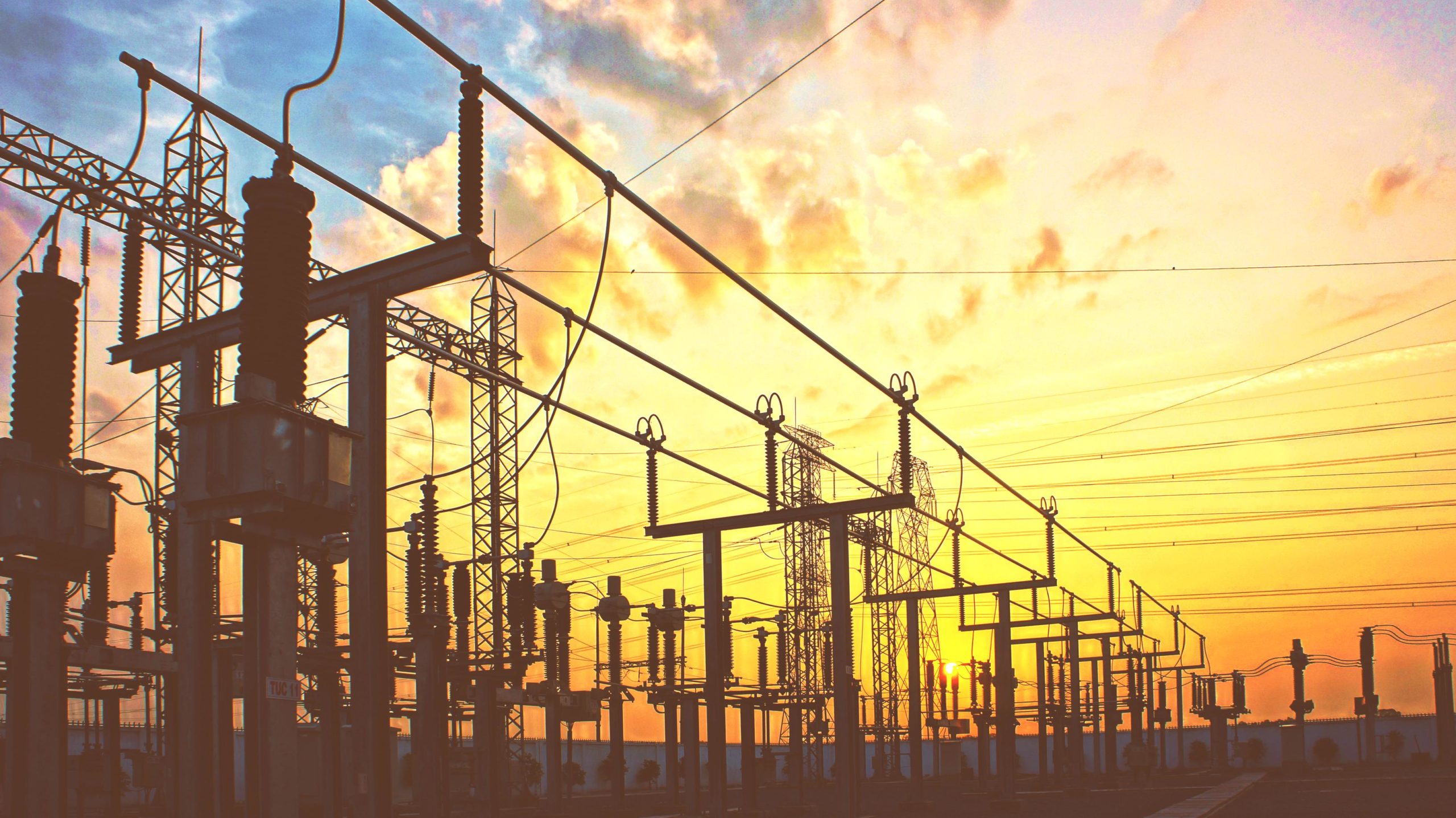The world is in the middle of chaos and confusion, if we can possibly alleviate the future, we have been recently depicted in IPCC AR6 or we need to face the wrath of nature soon.
We need to make an investment in future on an urgent basis: through reducing emissions, planting trees considerably the ones native to the environment, protect endemic biodiversity, reduction of plastic usage and proper waste handling and management etc.
Sustainability has nearly infiltrated every single sphere. This happens because climate change has begun to impact and play nefariously in every aspect of life.
A new era and sustainability invoked in Power sector is by far, one of the most necessary and appreciable concerns in the country.
In this light, Indian Ministry of Power has framed new rules to resuscitate the sector and eliminating most of the perils surrounding it in recent times.
It has attempted to ease financial stress being experienced by its various stakeholders and Investors, inject liquidity flow and ensure timely recovery of debts and capital involved in electricity generation.
Main provisions of the new law:
This notification made under Electricity Act, 2003 involves the following:
- Electricity (Timely recovery of costs due to Change in Law) Rules, 2021
2. Electricity (Promotion of generation from renewable sources of energy by addressing Must Run and other matters) Rules, 2021.
In order to effectively calculate the relative adjustment in monthly tariffs, a formula has been derived after change in law.
Must-run clause: Any renewable based power plant including hydropower project, wind, solar, wind-solar hybrid (except biomass power plants) can be declared as “must-run” that power generation and supply shall not be curtailed or disrupted unless it’s a matter of safety for the plant or personnel.
Technical constraints are also eligible to be reasons for such failure, as per the provisions of the Indian Electricity Grid Code 2010 (IEGC), already in place.
Earlier several State-owned Discoms, through State-owned Despatch centres could resort to curtail free flow of renewable energy without communicating any reason (used as a device to garner quick gains during peak renewable energy season).
The new rule seems to have eliminated the clause of “merit order dispatch” (the sequences to supply power by the plants) or any other commercial consideration, as a ground for curtailment of energy from any provided “must run plant”.
In such event of restriction, the procurer of the must-run power plant shall compensate that too at the rates specified in initial agreement for purchase and supply of electricity.
The present concerns and challenges decapitating the sector:
The ill condition of Discoms is not inconspicuous anymore. It also poses a significant threat to the Renewables too because of its long and unsustainable payment cycles.
Weak and unreliable forecasting in a country where weather changes within every 10 miles, makes it difficult for cleaner forms of energy like wind and solar which produces based on natural factors only.
Because of the lesser liquidity and uncertain investments, power purchase agreements are reluctantly signed and hence 19000 MW of capacity is just found in papers.
With energy crisis worldwide, there is a room for opportunity as well as retention of fossil fuels as the world may find them indispensable to be abandoned.
The statement by Ministry of Power has clarified:
“At present, the pass through under change of law takes time. This impacts the viability of the sector and the developers get financially stressed.”
“The rules would help in creating investment friendly environment in the country”.
Green Energy promotion for a cleaner Environment:
The Ministry, in its notification, talked of sustaining the economic as well as ecological viability of the sector by promotion of clean energy so that India’s commitment towards climate change does not fall short.
“The energy transition is happening across the globe. India has also made commitments to bring about energy transition.”
The producer of Renewable Energy has been allowed to sell power in the country’s power exchange for possible capital recovery incurred on its generation.
This can help facilitate the recovery of revenue for the Renewable Energy producer and this power will be embedded in the electricity grid for use by consumers.
“India has also announced international commitment to set up 175 GW of RE capacity by 2022 and 450 GW by 2030”. Boost to Renewable energy is a pre-requisite for achieving this target professed under the Paris Climate Agreement.
As claimed by the Ministry, this is for the betterment of sector as new investments to flow into the sector depends on the timely payments and recovery of dues.



